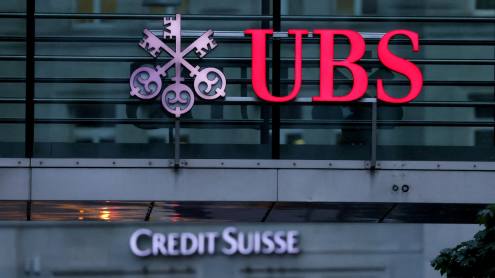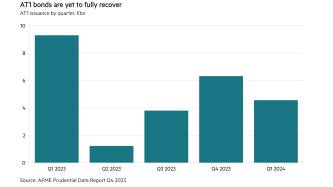At the beginning of 2015, eurozone bonds were in their element. Quantitative easing from the European Central Bank and suggestions that economic conditions may finally be improving chased yields down to record lows. By May, however, the situation had changed dramatically. Greece appeared to be heading for an exit from the eurozone and markets became increasingly volatile.
Bonds from peripheral countries were most affected but even Germany, the strongman of Europe, saw yields rising. In April 2015, for example, 30-year bonds issued by Germany were yielding less than 0.5% – their lowest ever. By early June, they were hovering around the 1.5% mark.
Brave call
Against this background, the federal government of Germany’s decision to issue a 30-year inflation-linked bond on June 9 could be perceived as brave or even mistimed, particularly as it was the first euro-denominated inflation-linked bond since 2009 and Germany’s first ever at this maturity.
But 'linkers' are different from conventional sovereign bonds. Taking inflation concerns into account, they appeal to investors at times of tension and give issuers a low-cost entry coupon and a chance to manage their inflation-related liabilities.
“The new 30-year linker will be an essential part of Germany’s long-term debt management strategy. We can optimise our debt portfolio, broaden our investor base and diversify our portfolio strategy,” says Jörg Müller, head of corporate communications at the German Finance Agency.
Germany first tapped the inflation-linked sector in 2006, with a 10-year bund. Five more followed, mainly with a similar maturity profile as the inaugural transaction. Along the way, however, the German Finance Agency began discussing the possibility of a 30-year linker with its closest advisors.
“We’ve been looking into this new instrument for quite a while. Based on the previous success achieved in the form of significant interest cost savings, one of the federal government’s strategic goals was to build up the entire German government security yield curve. We’ve now achieved that goal,” says Mr Müller.
Underdeveloped market
The euro inflation-linked market has developed in leaps and bounds over the past decade, but it is still less liquid and less mature than the conventional bond sector. In the aftermath of the crisis, therefore, issuance slowed and only began to pick up this year, as fears about deflation faded and investors became increasingly focused on yield.
“We were in talks with investors before the deal and they were expecting us to launch a linker as an integral part of our long-term strategy," says Mr Müller. "This new issue is the longest maturity in the European inflation-linked market since 2009. Investors now have more alternatives to diversify their portfolios.
“We chose to issue at the time that we did because we usually issue or tap linkers in the second week of the month. But the most important factor behind our decision was the good feedback we received from investors.”
Having spent several months talking to advisors and primary dealers about a long-dated linker, momentum really picked up at the end of May. Sovereign bond yields began to rise and investors, particularly those with inflation-linked liabilities such as insurers and pension funds, showed a growing interest in inflation-linked paper from an AAA issuer.
The German Finance Agency decided it was time to act and chose five bookrunners to launch a 30-year inflation-linked benchmark – Commerzbank, Crédit Agricole Corporate and Investment Bank, Goldman Sachs, HSBC and Société Générale.
“We always choose our lead managers from our 37 primary dealers and we also look for bookrunners who are specialists in the area of the market where we are issuing,” says Mr Müller.
A traditional deal
Most German bunds are issued via auction. But this deal was launched using the traditional book-building process. “We always do syndicated issues when establishing a new strategy or product in the market. This helps us to get a better insight into the distribution of a new bond in the market,” says Mr Müller.
Just after 10am on June 9, the benchmark was announced with a size ranging from €2bn to €2.5bn and initial price guidance of 150 to 152 basis points lower than the yield on the conventional outstanding 30-year bund.
The book grew steadily through the morning, even as pricing guidance was set at the lower end of the range. Early that afternoon, the deal was capped at €2.5bn, the order book swelled to €5.7bn and at 4pm, the transaction was priced at 153 basis points below the 30-year bund, offering a real yield of 0.138%.
As a traditional inflation-linked issue, coupons will be paid with reference to prevailing eurozone inflation and the ultimate repayment will also take inflation into account.
“The new linker is a key milestone in the development of the euro inflation-linked market. It was a very encouraging indication of the depth and liquidity of the market and showed us that, even in a quite challenging environment, we are able to successfully issue new products. All in all, it was an impressive and very successful inaugural issue,” says Mr Müller.











